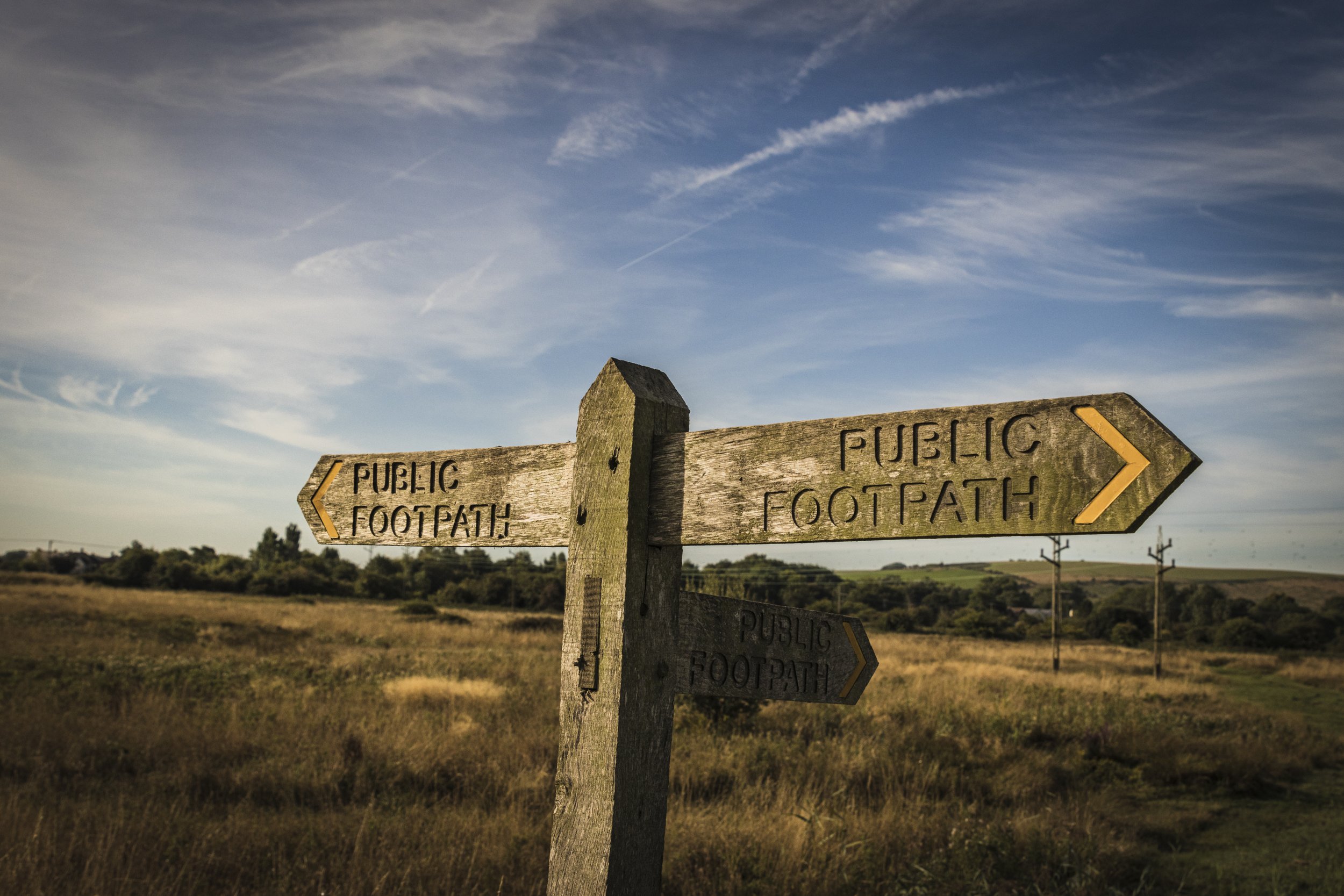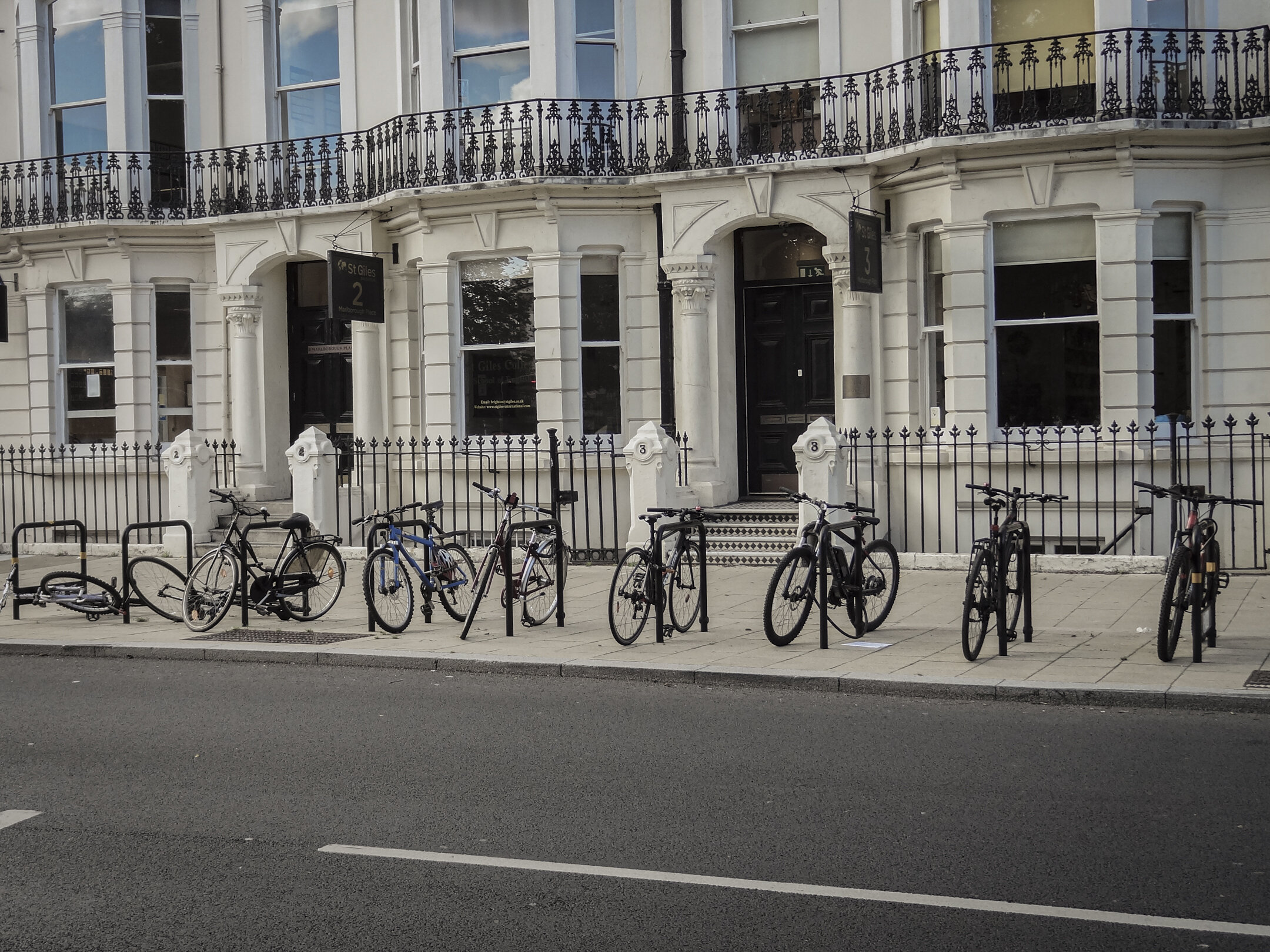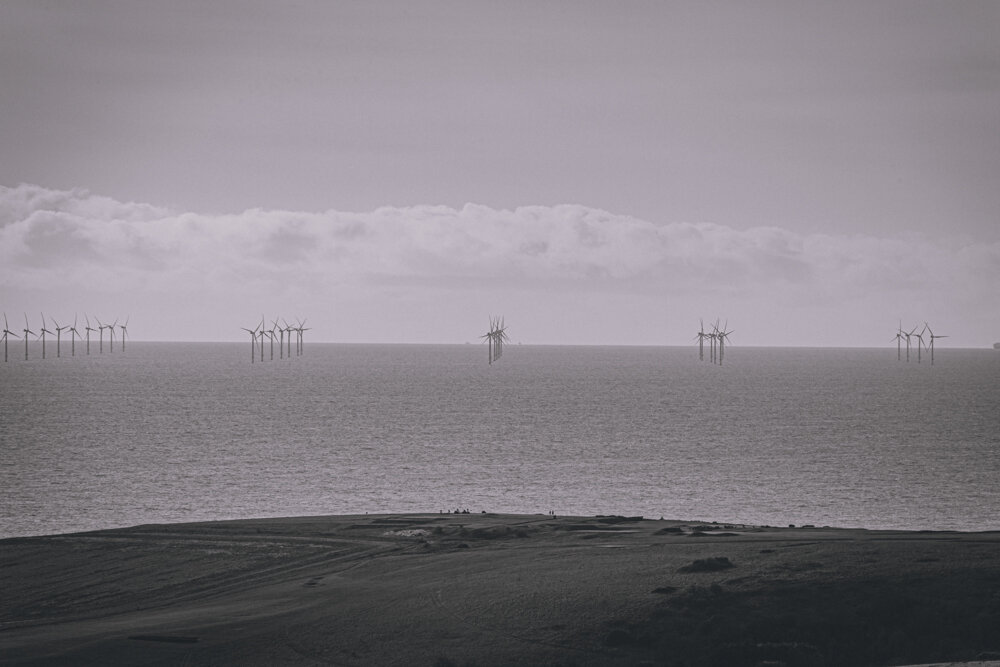Well what can I say I gave in to GAS (Gear Acquisition Syndrome) and bought a Canon EOS R7 as soon as I could. One problem - I don’t like it.
I've been wanting an R7 ever since it was first announced because I wanted a Canon APS-C RF camera that I could adapt all my EF glass to. I used the drop-in CPL EF to RF adapter which as you can see from the gallery worked really well. However I am quite disappointed, the image quality was ok apart from some softness which I will come on to in a minute.
The whole shooting experience was not what I expected. I have used many Canon cameras in the past with no problems, however I found myself fighting the R7 to get what I wanted. This was a shock because I've never had that problem with ANY Canon camera, this is the kind of thing I have encountered with Sony cameras but never ever a Canon. I suspect the shooting experience might have been better with native RF lenses but good ones are far outside my price range. So, I had to settle with adapting EF lenses which you would think would be ok, but alas no it took longer than I expected to focus (longer than when I adapted the same lens on a Fujifilm X-T4 with a Metabones adapter), it left me with no confidence in the accuracy of the autofocus. One thing I found quite curious was when using my adapted EF lens, I found some of my images to be a little soft when shooting below 300th of a second which shouldn't happen. I think the IS (Image Stabilisation) in the lens & the IBIS (In Body Image Stabilisation) in the camera were fighting each other at slower shutter speeds but at faster ones it was less apparent.
The only other thing to mention is the size of the EVF (Electronic Viewfinder), I wear glasses and found it to be far too small as I kept missing the info that was displayed on the sides.
So as the title says I am returning it, I will be moving back to a Fujifilm X-T4 which with hindsight I should never have moved away from.







































































































































